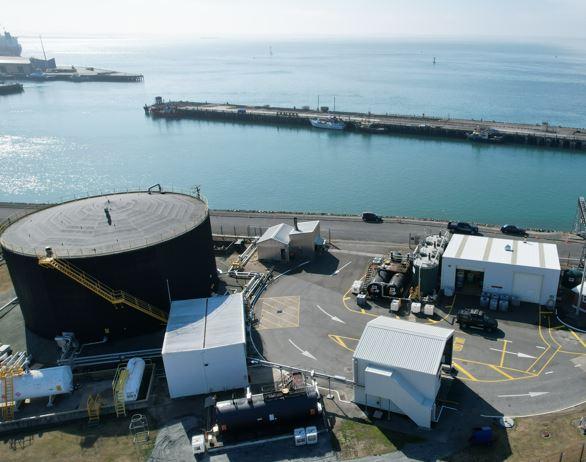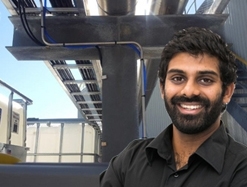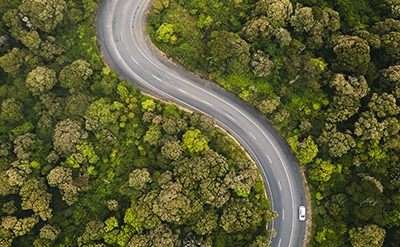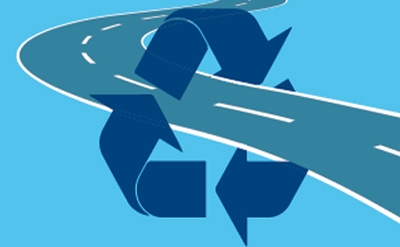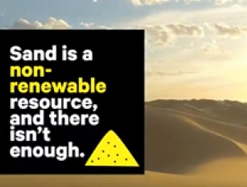Safer Paint Disposal
09 April 2019
Ever wondered what happens to the waste materials that we need to dispose of from our work sites?
David Alexander, R&D Projects Manager at Road Science was recently able to help Mike Crooks who manages road linemarking projects to find a better way to dispose of waste paint.
“We do our best to minimise wastage, but it happens when we need to change from white to yellow on our spray guns. We can’t have off-white paint or faded yellow, so there’s always some excess paint that has to be disposed of. We also have some waste from overspray on stencils and plates that we use to ensure straight edges when we’re painting symbols like bicycles,” Mike says.
“This waste gets combines with other waste products such as methylated spirits, other paint products, glass beads (used in the paint for reflectivity at night) and tolulene, which is used for cleaning the hose lines and keeping the spray nozzles clean.”
“David Alexander happened to be sitting next to me at a Downer Project Management course. I asked him about the possibility of putting waste paint into the bitumen process. He looked into it initially but the tolulene was too flammable, so he came up with another solution.”
“We were paying to dispose of 200-litre barrels of waste paint – around 750 litres each month,” Michael says. “There was also the cost of buying the barrels, and lost time for my crews who were decanting the paint at our holding yard. We were also cleaning up paint spills that happened while decanting.
“David was able to suggest a process that has almost halved our paint disposal costs. The waste is now collected in old 20-litre paint tins that would have gone into our scrap metal waste. My crew now no longer need to drive to our paint yard to decant the paint into barrels, so we’ve eliminated the paint spill issue.
“We used to send the waste paint to a specialist dangerous goods landfill. Now I send the same amount just around the corner for a lot less.”
Downer Sustainability Manager David Maucor says this is a good example of Downer making progress in its mission to find smarter ways to deal with waste.
“We’d love to be able to say there was no paint going to waste, but it’s great that the new process means less driving time and therefore less emissions, this is also now a much more efficient process” he says.





